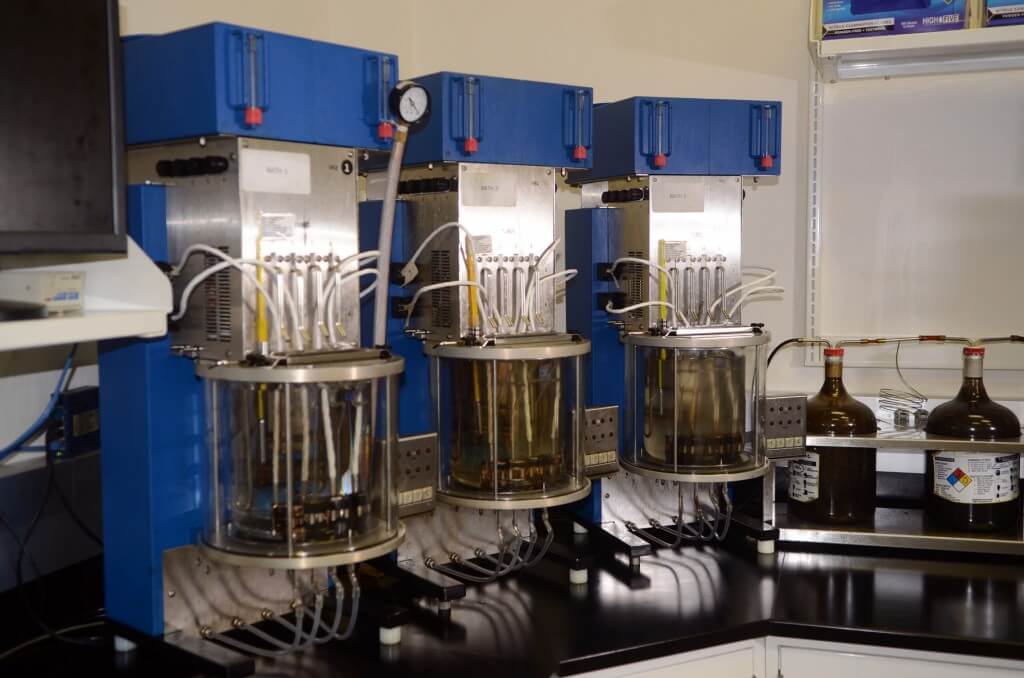Viscosity
The single most important property of a lubricant is its viscosity. It is the measure of the oil’s resistance to flow (shear stress) under certain conditions.
It is an important criterion in the selection of a fluid. At low temperature, excessive viscosity may result in poor mechanical efficiency, difficulty in starting, and wear. As oil temperature increases, viscosity decreases, resulting in lower volumetric efficiency, overheating, and wear. Selection of the optimum fluid viscosity grade will provide the most efficient machine performance at standard operating temperatures, therefore minimizing lost time and energy and fuel costs for the operator.
Operating Principle
A predetermined volume of lubricant is introduced into the viscometer tube. Gravity causes the sample to flow through the tube. The amount of time the sample takes to flow through the calibrated portion of the tube is recorded. The time is multiplied by the tube's calibration factor to give a result in centistokes (cSt). ASTM method - D445.
Significance
Viscosity is measured at 40 degrees C for industrial applications and 100 degrees C for engine oil applications. For industrial lubricants it is classified using the ISOVG system. For engine oils it is classified according to SAE (Society of Automotive Engineers) grade. It provides a specific number to compare to the recommended oil in service. Results which fall outside of the applicable grade specification are considered abnormal.
Applications
Viscosity measurement is recommended for all industrial and engine oils.


